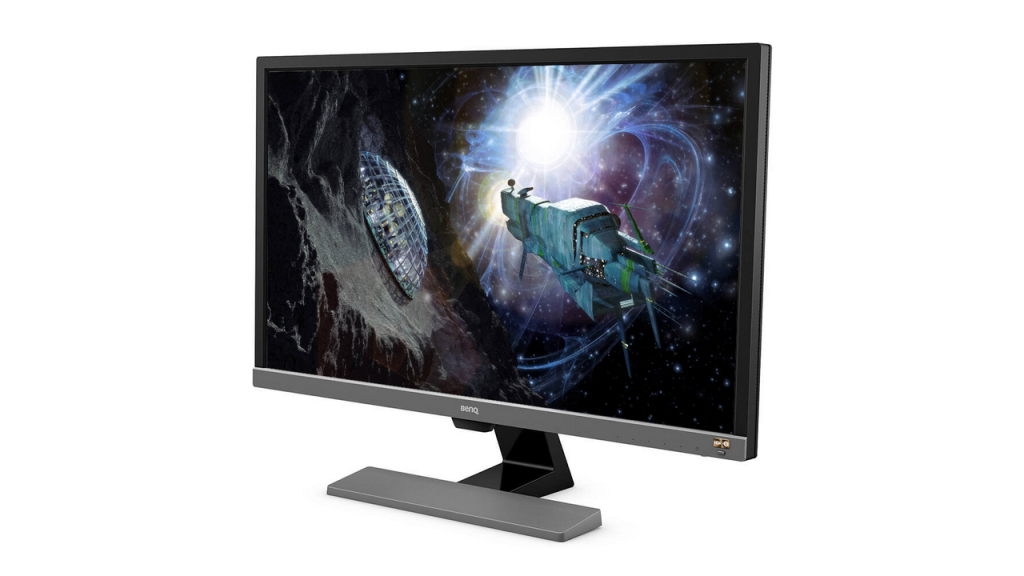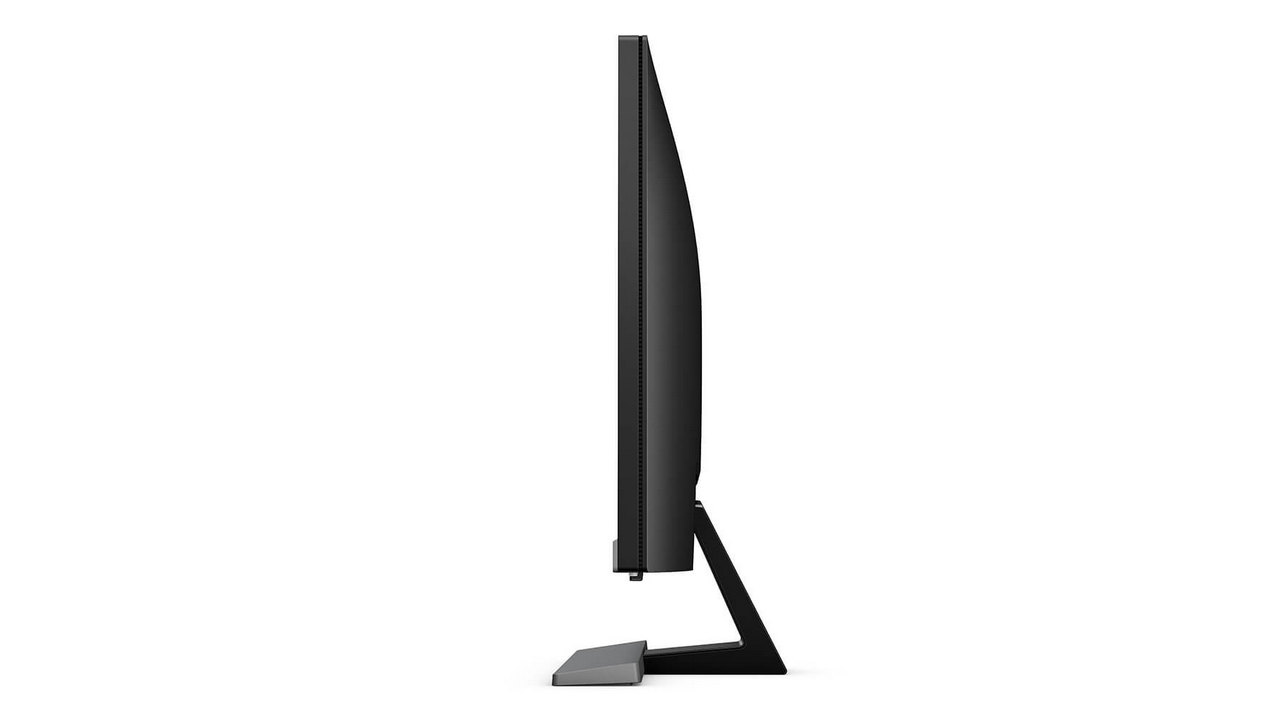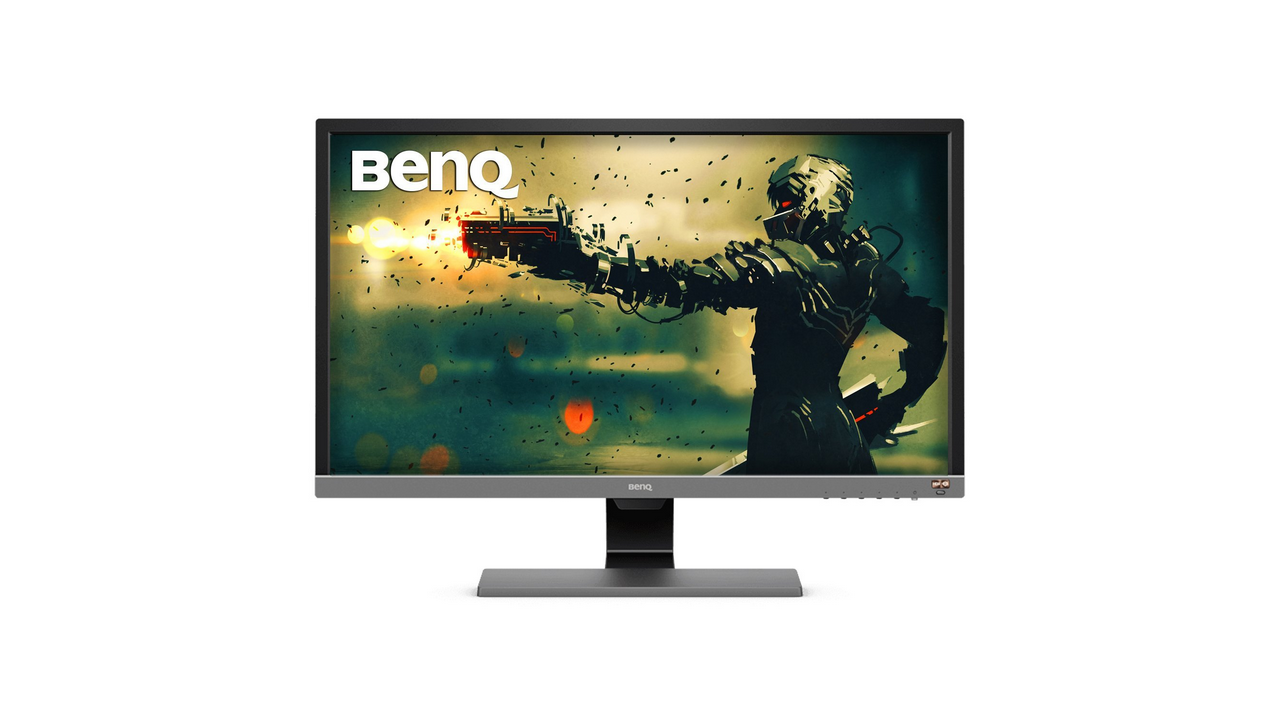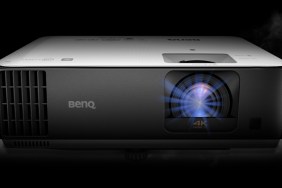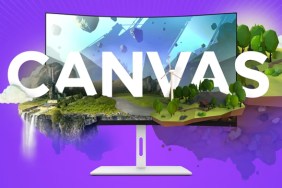It’s finally getting to the point where 4K gaming and HDR on PC is becoming more commonplace, and to facilitate that, many gamers are looking to buy a new monitor. While it’s easy to drop $1,000 or more on a 4K HDR display, most people don’t want to make that kind of investment on a single monitor. We’ve seen some UHD displays like the BenQ EL2870U (official site) pop up in the $400-500 range, but can it compete with the likes of Dell, LG, and Samsung’s high-end models?
| Weapon Name | Class | Damage Per Second | Body Damage | Head Damage | Magazine Size |
|---|---|---|---|---|---|
| Alternator | SMG | 65 | 13 | 19 | 16 |
| R-99 | SMG | 84 | 12 | 18 | 18 |
| Prowler | SMG | 70 | 70 | 84 | 20 |
Review PC Specs:
- CPU: Intel Core i7-8086K o/c to 5.1 GHz
- GPU: NVIDIA GeForce RTX 2080 Ti Founders Edition 11GB GDDR6
- RAM: Ballistix Sport LT 32 GB (16GBx2) DDR4 2666
- Motherboard: ASUS TUF Z370 Pro Gaming
BenQ EL2870U Review | Design
The BenQ EL2870U has a middle-of-the-road design as far as monitors go. It’s not unattractive, but it also doesn’t pop. Since I like to focus on what’s on the screen, this isn’t a big deal to me, but if you’re looking for ultra-thin bezels or backlighting, you won’t find it here.
The stand also doesn’t have any special qualities. It’s mostly plastic with metal supports in the right places, and I didn’t notice a lot of wobble or any unsteadiness when the monitor was mounted on it. It’s a basic stand, and the only adjustability you get is a tilt range of -15 degrees to 5 degrees. It’s enough to get the EL2870U lined up vertically, but that’s about it.
Luckily, the BenQ EL2870U is equipped with VESA mounts and doesn’t require any pesky adapter. After testing the stand, I mounted the review unit on a multi-monitor stand and never looked back. If you plan to do the same thing, though, you’ll want to take some measurements first. A 28-inch monitor is pretty beefy with just the screen space, but the EL2870U takes up even more room because of its thicker-than-average bezel.
BenQ EL2870U Review | Display
The display of the EL2870U is adequate for gaming and features a quick 1ms response time. I didn’t run into any ghosting, blur, or any other odd monitor-specific visual artifacts.
Using 4K on PC is just as sharp as you’d think it would be, and though it’s not a massive leap from 1440p, if you’re jumping for 1080p you’ll definitely see a difference. The EL2870U maxes out at 60Hz, but at this point, that’s all you need if you’re planning on gaming mostly in 4K.
This monitor has the same issues that other TN displays do in that color reproduction is average at best. Again, that’s fine for gaming, but if you’re looking to do professional video or image editing, it’s worth looking at a higher-end 4K monitor.
Buy the BenQ EL2870U on Amazon for $397.00
The EL2870U’s biggest issue is with HDR. PCs just haven’t implemented HDR well yet, and the frustration of having to deal with game-
specific HDR settings and hoping that Windows will behave leads to a pretty mediocre experience no matter what monitor you’re using. However, the problem was compounded by the fact that the EL2870U just doesn’t have the pop that you’re used to from 4K TVs playing HDR content.
My results with HDR varied pretty wildly when using this monitor. Resident Evil 2 was more washed out and gray in HDR than it was without it. However, Anthem definitely got a noticeable improvement in color, especially with reds. The EL2870U is a good choice if you want to try HDR on a budget, but if you want the most out of HDR content, again, a higher-end monitor is going to produce much better results.
BenQ EL2870U Review | Freesync
When I first got the EL2870U, its Freesync functionality was still limited to AMD GPUs only. Since I run Nvidia, I resigned myself to not being able to test that feature. However, in January Nvidia finally chose to allow its customers to activate adaptive sync on any display, whether it be Freesync or G-Sync.
The main issue with Nvidia’s implementation of adaptive sync now is that it’s only slowly adding Freesync monitors to its compatibility list. That means if you’ve got a Freesync monitor unless it’s part of the tiny number that Nvidia has tested as compatible, you’re using the feature at your own risk.
The ability to use the EL2870U’s Freesync with Nvidia is a gamechanger, quite literally. In my testing, with Freesync on most tearing was eliminated, even in 4K gaming. It’s not entirely on the level of G-Sync certified monitors, my Dell S2716DG, for example, has zero tear when G-Sync is on. However, it works great paired with my 2080 Ti and makes the EL2870U a much more tempting choice for Nvidia users.
BenQ EL2870U Review | Is it worth it?
The BenQ EL2870U isn’t going to give you the same fidelity as a $1,000 monitor, but that might not matter. It’s an excellent, reliable entry point for 4K and HDR, and the inclusion of Freesync makes it even more appealing if your primary interest is gaming.
I enjoyed my time with the EL2870U, and while it’s not without its flaws, I never felt disappointed with any particular feature. The HDR performance is a bit on the dull side, but with the right game, it does make a difference. The most important thing about this monitor is that it doesn’t really force you to make any compromises — it’s an all-around a good monitor — and offers 4K and HDR at a very affordable price.
The BenQ EL2870U was provided by the manufacturer for review purposes.
This page contains Amazon affiliate links to products. We may receive a commission for purchases made through these links.
